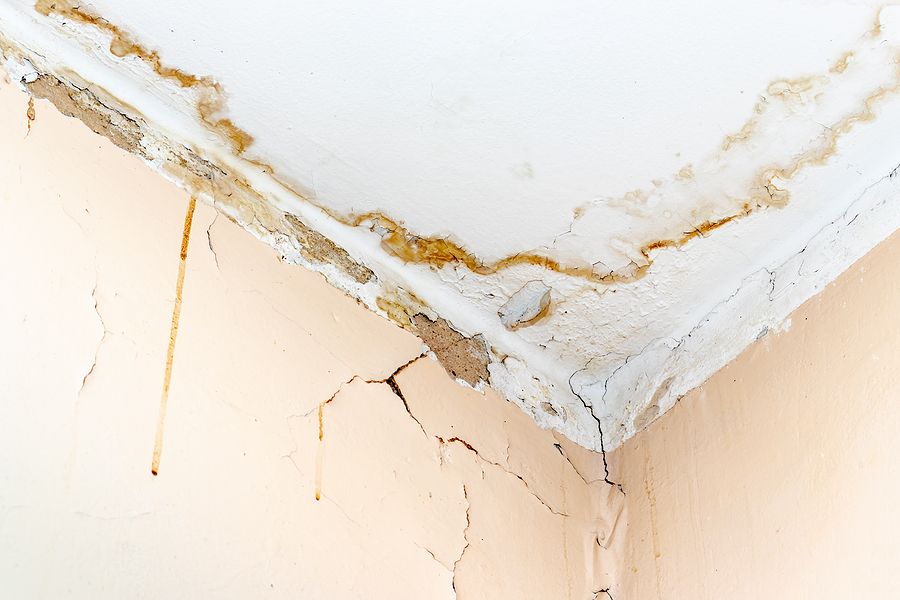Learn About the Six Principal Causes Behind Water Seepage in Your House
Learn About the Six Principal Causes Behind Water Seepage in Your House
Blog Article
Were you on the lookout for advice about Top Causes of Home Water Leaks?

Leaks not just create waste of water however can also trigger unnecessary damage to your house as well as promote undesirable organic growth. Water leakages might go unnoticed considering that many of the pipework in our home is concealed. By looking and also comprehending for everyday situations that create leaks, you can shield your house from future leakages and also unneeded damages. Today, we will certainly consider six leakage triggers that may be triggering your pipes to trickle.
Elbowing in origins
Many water leakages begin outside the house rather than inside it. You could notice wet spots or sinkholes in your backyard, and that might indicate that tree origins are attacking water lines causing water to permeate out.
Rusty water systems
As time passes by, your plumbing system ages as well as corrosion such as rust may start eating away the pipelines. This may be the source of discoloration or warping on your pipes. This calls for an evaluation with your plumber quickly. Think about changing the pipes considering that they are at a greater danger of rust than the more recent designs if our plumbing system is old.
Malfunctioning Pipeline Joints
The point at which your pipelines attach is frequently the weakest link in the waterline. Pipeline joints can weaken gradually, resulting in water leakages. Unfortunately, the majority of pipeline joints are not conveniently visible. If you have loud pipes that make ticking or banging sounds, particularly when the hot water is activated, your pipeline joints are most likely under a great deal of stress. It is recommended to have your plumber evaluate your system annually.
Instant temperature changes.
Extreme temperature level adjustments in our pipes can create them to increase and contract suddenly. This expansion and also contraction might cause splits in the pipelines, especially if the temperature level are below freezing. If you maintained an eye on exactly how your plumbing functions, it would be best. The presence of the formerly stated scenarios often indicates a high risk.
Poor Water Connectors
Sometimes, a leakage can be triggered by loosened hose pipes and also pipelines that supply your home appliances. Usually, shifting is what causes the loosened water Links. You may discover when it comes to a cleaning equipment, a pipe may spring a leak due to drinking during the spin cycle. In case of a water connections leakage, you may discover water running straight from the supply line or pools around your home appliances.
Blocked Drains
Blocked drains might be frustrating and inconveniencing, however they can often end up causing an overflow bring about rupture pipes. Maintain eliminating any kind of materials that might decrease your drains that might clog them to avoid such aggravations.
All the above are root causes of leakages but not all water leakages arise from plumbing leaks; some leakages may originate from roofing system leakages. All leakages need to be fixed quickly to prevent water damages.
Leaks not only trigger waste of water yet can likewise cause unnecessary damage to your house as well as promote undesirable organic development. By looking as well as recognizing for day-to-day circumstances that trigger leakages, you can secure your house from future leakages and unneeded damage. Today, we will look at 6 leakage causes that may be causing your pipelines to drip.
At times, a leak can be triggered by loosened pipes and pipes that supply your devices. In case of a water connections leakage, you may discover water running directly from the supply line or puddles around your appliances.
How To Check For Water Leak In Your Home
How To Check for Leaks
The average household's leaks can account for nearly 10,000 gallons of water wasted every year and ten percent of homes have leaks that waste 90 gallons or more per day. Common types of leaks found in the home are worn toilet flappers, dripping faucets, and other leaking valves. These types of leaks are often easy to fix, requiring only a few tools and hardware that can pay for themselves in water savings. Fixing easily corrected household water leaks can save homeowners about 10 percent on their water bills.
To check for leaks in your home, you first need to determine whether you're wasting water and then identify the source of the leak. Here are some tips for finding leaks:
Take a look at your water usage during a colder month, such as January or February. If a family of four exceeds 12,000 gallons per month, there are serious leaks.
Check your water meter before and after a two-hour period when no water is being used. If the meter changes at all, you probably have a leak.
Identify toilet leaks by placing a drop of food coloring in the toilet tank. If any color shows up in the bowl after 10 minutes, you have a leak. (Be sure to flush immediately after the experiment to avoid staining the tank.)
Examine faucet gaskets and pipe fittings for any water on the outside of the pipe to check for surface leaks.
Undetected water leaks can happen without the home or business owner even realizing. If you suspect a water leak, but not able to find the source. It is time to contact a professional water leak detection service, The Leak Doctor.
How To Find a Water Leak In Your Home
https://www.leakdoctor.com/blog/How-To-Check-For-Water-Leak-In-Your-Home_AE197.html

I hope you enjoyed our post on How to detect water leaks in your home. Thanks a ton for taking time to read through our piece. Please take the time to distribute this write-up if you enjoyed it. Thanks a lot for your time. Don't forget to stop by our website back soon.
Quality first, dial! Report this page